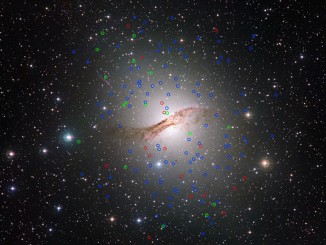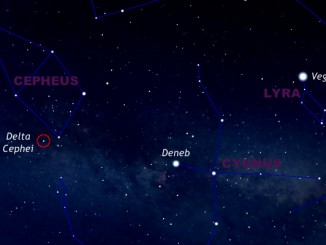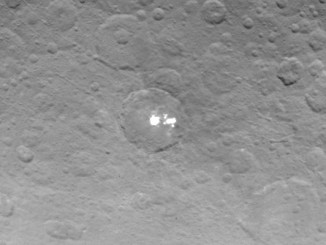
The dark side of globular star clusters
Observations with ESO’s Very Large Telescope in Chile have discovered a new class of “dark” globular star clusters around the giant galaxy Centaurus A. These mysterious objects look similar to normal clusters, but contain much more mass and may either harbour unexpected amounts of dark matter, or contain massive black holes — neither of which was expected nor is understood.









